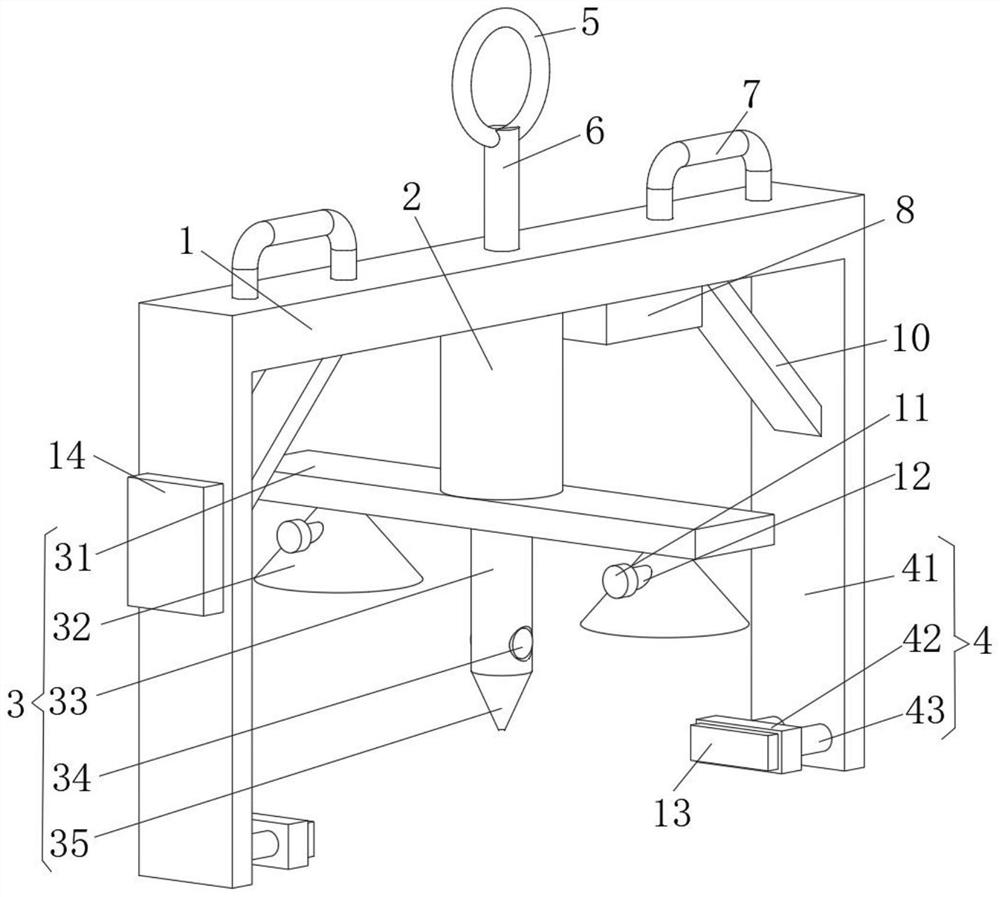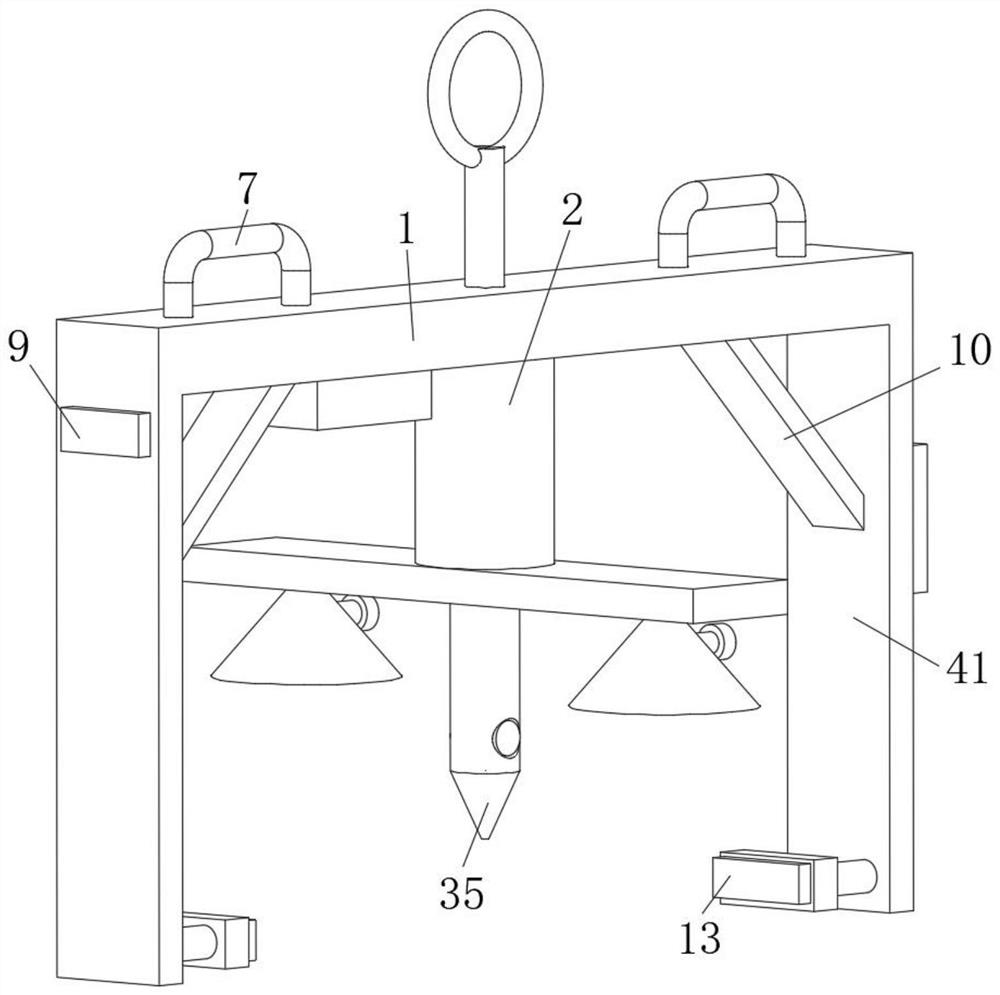Abalone can bottle opening device
A technology for abalone cans and mounting plates, which is applied to electric operating devices, packaging, bottle filling, etc. It can solve the problems of no fixed unit, inconvenient use, and inability to open cans of other shapes.
- Summary
- Abstract
- Description
- Claims
- Application Information
AI Technical Summary
Problems solved by technology
Method used
Image
Examples
Embodiment Construction
[0027] The technical solutions in the embodiments of the present invention will be clearly and completely described below in conjunction with the accompanying drawings in the embodiments of the present invention. Obviously, the described embodiments are only a part of the embodiments of the present invention, rather than all the embodiments. Based on the embodiments of the present invention, all other embodiments obtained by those of ordinary skill in the art without creative work shall fall within the protection scope of the present invention.
[0028] See Figure 1-3 , The present invention provides a technical solution: a bottle opening device for canned abalone, comprising a mounting plate 1, a bottle opening unit 3 and a fixing unit 4;
[0029] Mounting plate 1: A first electro-hydraulic push rod 2 is provided on the lower surface, and the fixed end of the first electro-hydraulic push rod 2 is fixedly connected to the mounting plate 1;
[0030] Bottle opening unit 3: includes a...
PUM
 Login to View More
Login to View More Abstract
Description
Claims
Application Information
 Login to View More
Login to View More - R&D
- Intellectual Property
- Life Sciences
- Materials
- Tech Scout
- Unparalleled Data Quality
- Higher Quality Content
- 60% Fewer Hallucinations
Browse by: Latest US Patents, China's latest patents, Technical Efficacy Thesaurus, Application Domain, Technology Topic, Popular Technical Reports.
© 2025 PatSnap. All rights reserved.Legal|Privacy policy|Modern Slavery Act Transparency Statement|Sitemap|About US| Contact US: help@patsnap.com



